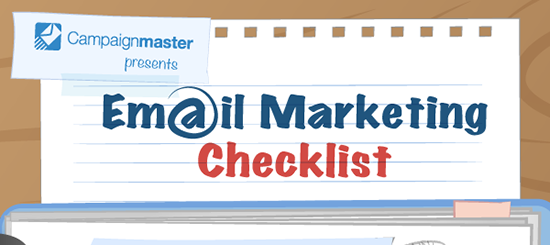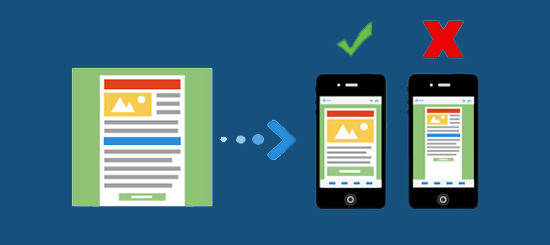Blacklisting
Blacklisting can be one of the most common reasons behind deliverability issues and by extension, poor open rates. In many ways’ blacklists are a very important component of the email ecosystem; they keep track of spammers and stop them from sending unsolicited emails to users across the web. However, sometimes legitimate marketers can end up on a blacklist which impacts their business.
Blacklisting is a practice of identifying potential spammers based on IP addresses or domains from which they send emails, this information is then compiled into a blacklist which is referenced by email servers to determine which message originators to block. It’s a great system for keeping inboxes clean and relatively secure, however blacklisting is a very tedious process and as such nearly all blacklisting services are automated – this means that the blacklisting classifiers can make mistakes and mistake good senders for bad ones.
How does it work?
At its core the email journey can be a little complex so we have broken it down into the following key stages:
- An email is sent from your address (you@example.com) to John Smith. (Your domain, example.com, has an IP address of 1.2.3.4).
- John’s mail server looks up your domain name (example.com) and checks it and its IP address (1.2.3.4) against a collection of blacklists from across the web.
- If the domain or IP address are found on any blacklist then your message will end up in John’s SPAM folder. However, if the IP is marked as a continuous offender then ISPs can automatically reject messages – this means they will never reach John’s inbox in the first place.
Why would I get blacklisted?
Often there are many specific reasons why you might end up on a blacklist, however most often its due to the way in which your emails are constructed especially when not enough attention has been given to the best email marketing approaches. Without consideration you might be unintentionally triggering blacklisting services which will inevitably result in delays and deliverability issues.
You could be placed on a blacklist because of the content of your email; if you send out messages that contain words that could be considered as “spammy” by blacklisting services then you are increasing the chance of becoming blacklisted. Similarly, high number of complaints from your recipients can also result in being blacklisted which is most common with marketers who send unsolicited emails to large mailing lists, when the number of complaints against your domain goes above a certain threshold the ISPs will route emails to SPAM folders or reject them entirely.
Poor email list hygiene, such as sending to inactive email addresses, is detrimental to maintaining a healthy sender reputation. It is common for blacklist organisations to harvest old, unused, email addresses and create “honey pots” which they then publish. As a result, marketers who buy data can end up sending to a honey pot address thus ending up on a blacklist.
Bots are not perfect
You might be doing your best to follow appropriate email marketing practices, but still end up on a blacklist. It happens. As mentioned above, most blacklisting services employ computer programs which programmatically analyse email traffic to determine the probability of messages being spammy, these programs aren’t perfect and can make mistakes tagging your legitimate content as SPAM.
Email deliverability is one of the key focusses of Campaignmaster; our dedicated team monitors the health of all sending IPs to ensure that they are not resident on any blacklists and are in a good shape to send high-quantities of emails.
If you are looking to improve your email delivery with expert emailing marketing advice get in touch at info@campaignmaster.co.uk.









